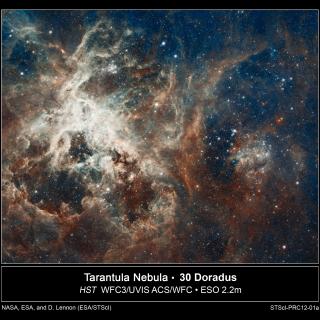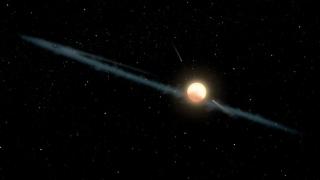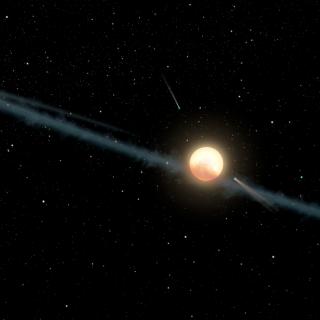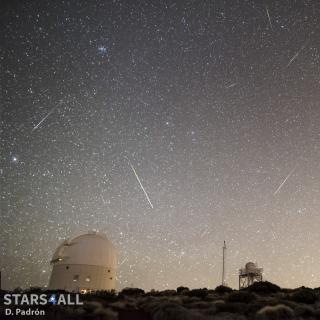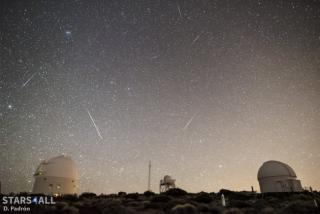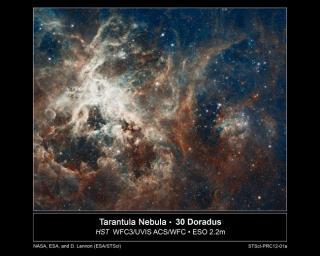
An international team of astronomers with participation of researchers at the Instituto de Astrofísica de Canarias (IAC) and the University of La Laguna (ULL) has revealed an ‘astonishing’ overabundance of massive stars in a neighbouring galaxy. The discovery, made in a gigantic star-forming region of the Large Magellanic Cloud galaxy, has ‘far-reaching’ consequences for our understanding of how stars transformed the pristine Universe into the one we live in today. The results are published today in the journal Science.
Advertised on
